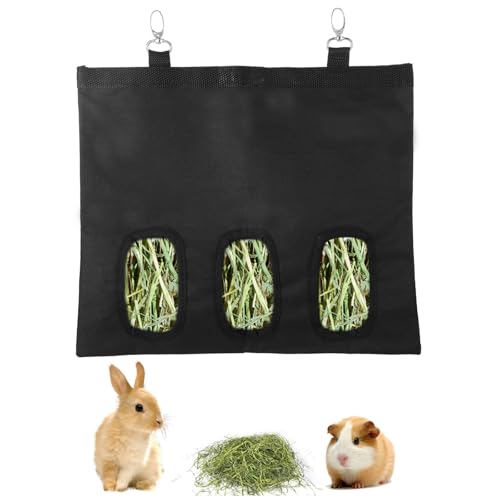Taking a shot at the genotypes here with the info Alaska Satin gave, you have:
Doe: ____cc_d_eVV
Buck: ____Cc_d_evv (C is from the orange baby)
One of the two parents necessarily has A (because of the orange baby) and ej (because of the harlequin) but each may come from either of them.
Test breeding with a self-based rabbit can give you which one has A, and test breeding with a non-extension rabbit would give you which one has ej
As for the kits:
Harlequin: __Ccddej_Vv
Once that one grows more you can pull some coloured hairs to figure out if it's A (Agouti, has banded hairs) or a/at (self/otter, each hair has the same colour through the entire length)
REWs: ____cc___eVv
No way to know the rest of the alleles other than test breeding, though you know they are either ee or eje, and that there's 50% that they have at least one d and at least 25% that they have A.
Orange: A___Cc__eeVv
Not 100% how to distinguish black-based orange from brown-based orange. It also looks pretty lilac in one of the pictures but not so much in the other. If it's lilac then it would be A_bbCcddeeVv. In this case, both parents also have b.
Nice job! The logic exercise of genetic coding is addictive, eh?

Just a few thoughts:
I agree that at least one of the parents must have an
<A> and an <
e(j)>. But it could also be true that either or both parents carry two copies of <
A>(you know they both at least carry one <
e>), so possibilities for each parent are
<
AA>, <
Aa>, or <
aa>, and
<Ee(j)>,
Correction <Ee>,
<e(j)e> or <
ee>.
The reason for this is that while a single harlequin in the dominant position <
e(j)_> will be expressed in an agouti <
A_>, it can also be expressed in a self <
aa> if it is in the homozygous state <
e(j)e(j)>. Since REW and BEW cover the effects of what's at the A and E loci, you can't really tell. And since there are only two kits (the harlie and the orange) that give you any hints at all, it's hard to make a calculation about which is the case.
So, a harlequin kit could be either <
A_B_Ccdde(j)e> or <
aaB_Ccdde(j)e(j)>.
A dominant harlequin allele <
e(j)_> blocks the pattern effects of agouti, so no matter what's at the A locus, you will not see agouti ring color or trim. Instead of the two colors being laid down in different places on each hair (ring color), harlequin causes the colors to be distributed on
different hairs - some hairs get orange, some get black- i.e. patches of black and patches of orange. The trim disappears - so no light inner ears, jaw markings or light belly, either.
If the rabbit is an agouti, and the harlequin allele is in the
recessive position <
Ee(j)> you'll see a harlequinized agouti. It'll look like a castor (for example) with weird somewhat subtle patches of darker or lighter colors. This tends to show up especially on the ears, but sometimes is most obvious on the belly. There are some good examples of this here:
http://rabbitcolors.info/int/en/entry/show.html?id=639
And here is one from
https://forestfolkrabbitry.wixsite.com/website/blank-page-1 that might show up in a future litter - a VM harlequinized chestnut:

To make matters even more tenuous, either parent could be carrying a tan <
a(t)>. In a harlequin with a dominant tan at the A locus <
a(t)_>, you get what's called a torted harlequin - basically the harlequin looks smutty on the extremities, the same places a tort would be darker. In fact both parents could be carrying <
a(t)>, but there's no evidence in the two kits we have to work with, so we can leave that aside.
One last comment. The BEW is definitely <
vv>, but it's not certain that the REW dam is <
VV> or the REW kits are <
Vv>. The only thing we know is that the kits have at least one <v>, so I'd write their genotypes as <
_v>. Any of the REW kits could be <
Vv> or <
vv>; there's no evidence either way. So, I would write the REW kits as <
_ _ _cc _ _ _ _ _v> (corrected), with the understrike preceding the vienna <v> indicating it's not known whether they are <
Vv> or
vv>. And I'd write the REW dam as <
_ _ _ _cc_d_eV_>.


































